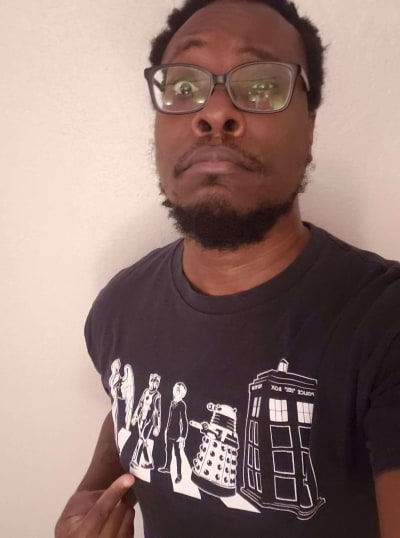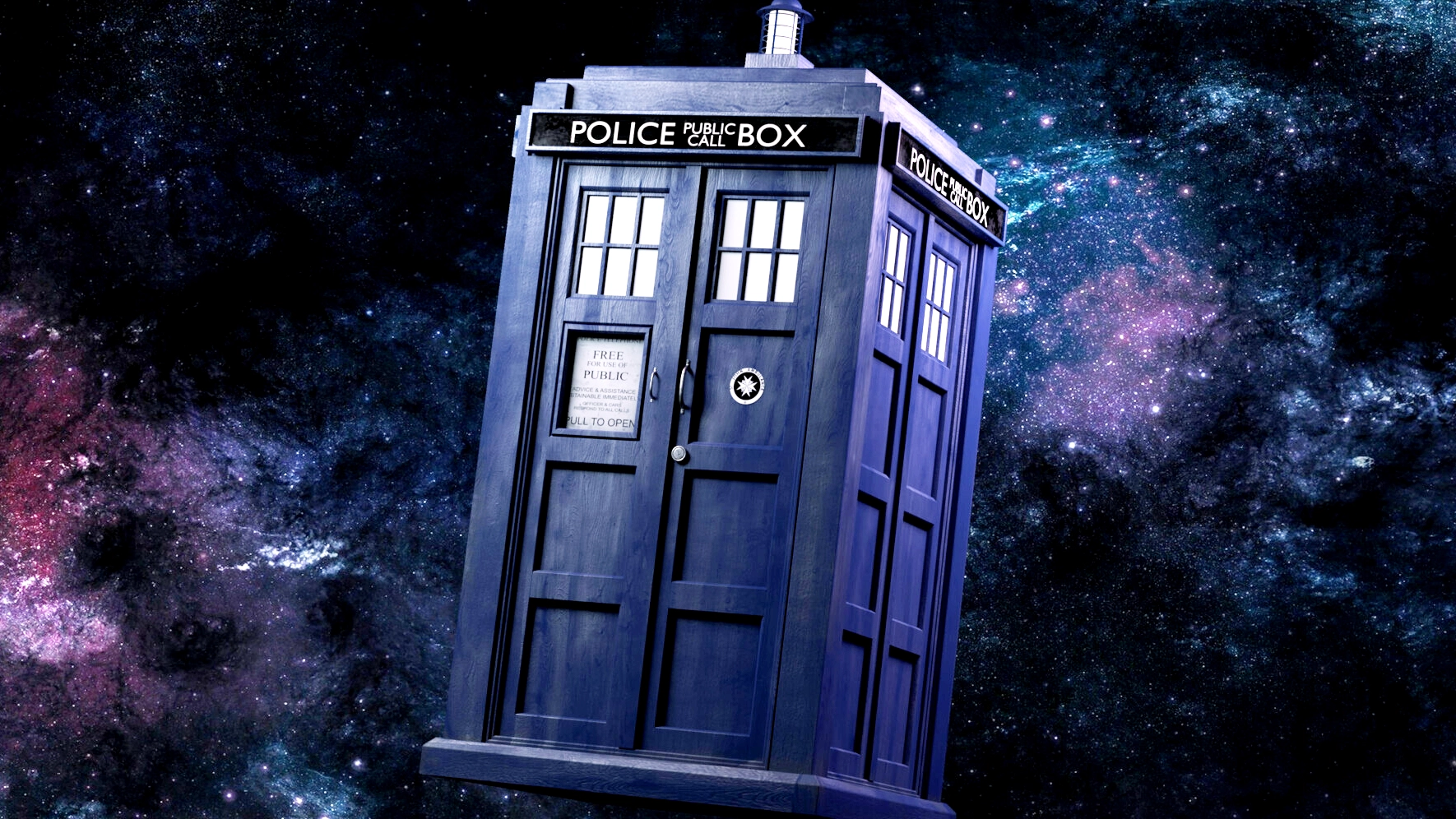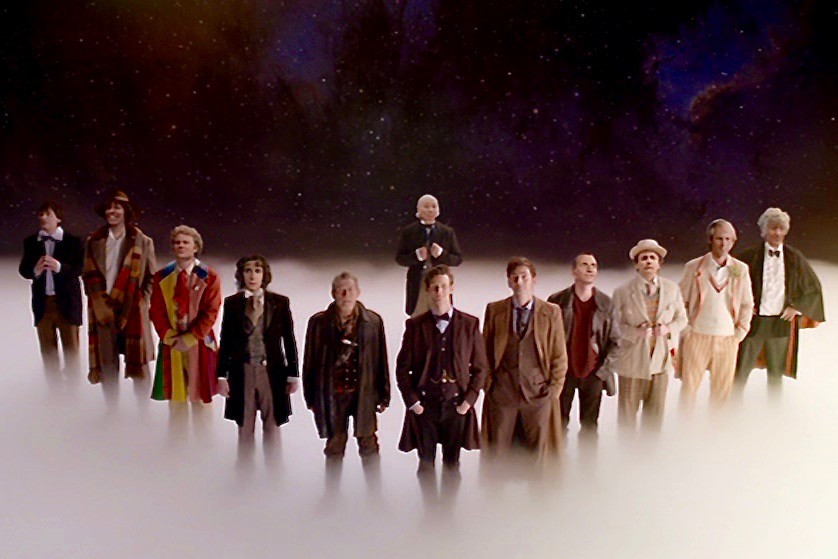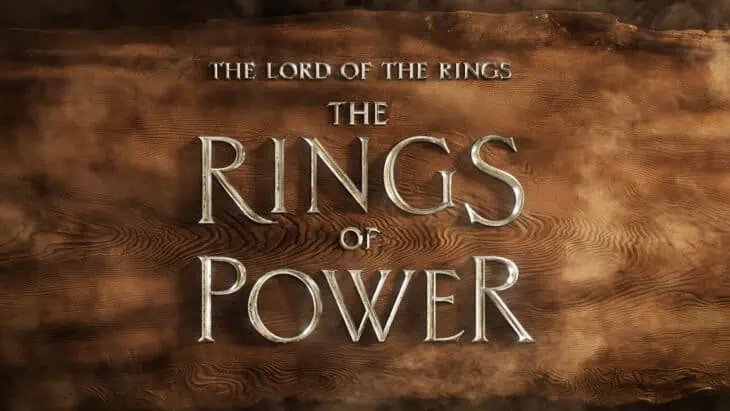From its beginnings, Doctor Who was conceptualized as a semi-educational series exploring human history, but the show has taken a significantly different turn. Most adventures involving the Doctor and his companions don’t even happen on Earth, and those happening in Earth’s history are even rarer, and strange alien worlds and distant futures now take the forefront.
But with all the time travel going on, and the Doctor breaking the Time Lord laws left and right, and most of the time, we have to wonder just how the Laws of Time have changed since the TV series first aired.
What Are the Laws Of Time?
Laws of time, otherwise known as the Protocols of the Great Houses in the Doctor Who series, are the laws Time Lords observed, followed, and upheld when it came to using their powers and control over Time.
These laws were hardwired into the Web of Time, also known as the Spiral Politic, which represented an orderly structure of the universe’s history, which was built and maintained by the Time Lords themselves. It’s important to note that they weren’t the fundamental aspect of the universe.
Instead, the laws were forced upon the universe, which had no history of laws of physics beforehand, which makes the Laws of Time somewhat synonymous with the laws of physical reality. The creation and enforcement of these Laws allowed The Great Houses to construct the Web of Time — which is a visualized map of history.
Through that map, Time Lords were capable of freezing moments in time through an observer effect, which creates a fixed reality in space-time that would have otherwise been nothing else but a chaotic possibility. This is one of the reasons why Time Lords have established a non-interference policy.
The First Law of Time — Linearity
Linearity is one of the most important protocols, which forbade Gallifreyans from the present to interact with their subjective past or future timelines. That rule even applies to Gallifrey as a whole planet, which is why time travel within Gallifrey’s own timeline wasn’t allowed. As a direct consequence of Linearity, Time Lords were forbidden from meeting each other, outside of temporal sequence — as seen with River Song and the Doctor.
The rule also forbade Time Lords from meeting their former selves, as it would directly contradict linearity, but the Doctor broke that rule a couple of times throughout the series. However, Linearity also introduced Synchronicity, which isn’t an actual Law of Time, but it establishes some time travel rules and helps maintain Linearity.
For Example, if a Time Lord or a Time Agent enters an area of time outside the Homeworld’s own time stream, their relative timestreams would “sync” or become temporarily linked with the Homeworld’s present. This would allow for an equal passage of time between the timestreams, despite them being eons apart.
It’s also important to note that Linearity, as a law of time, can be bent without breaking, but only under sanction from the Time Lords, as we’ve seen countless of times when the Doctor’s incarnations were banded together.
Other Laws of Time
One of the Laws, though the series never specified which one, forbade the presence of objects from one timeline in the current one if that object doesn’t already exist in the specified timeline. Also, according to the Tenth Doctor, crossing into established events isn’t allowed, bar for entertainment purposes and cheap tricks.
What Else We Know
The series has established that Time Lords actually serve Time, and not the other way around, though, admittedly, this servitude grants them some pretty cool perks — time travel being one of them.
This is perhaps best explained in Remembrance of the Daleks, in which the Doctor has claimed that the Laws of Time were his to command, after the decimation of Time Lords, after the Last Great Time War. Unfortunately, the Doctor quickly regretted his meddling with an established event.
Rules of Time Travel in Doctor Who
Time travel has been at the series’ core ever since Doctor Who first aired, but the rules of time travel have changed throughout the show more time than the series has changed its leading actor.
At one point in the Classic Who, it was established that Time Lords have their own set of governing laws, known as Laws of Time, which the Doctor broke — almost each and every one of them — over the course of the numerous adventures depicted or mentioned in the series.
However, Laws of Time are self-imposed edicts, and not the pillars of the known universe, so what really are the rules of time travel in the Doctor Who series? Well, it all started with William Hartnell’s First Doctor, and one of his best outings ever, in the Aztecs episode.
In Aztecs, the Doctor reprimands Barbara for her plans to interfere with the Aztecs’ practice of human blood sacrifice, stating that “You can’t rewrite history! Not one Line!” Unfortunately, this doesn’t specify whether one couldn’t or shouldn’t change the past. This would imply that time is linear, which only brings about a plethora of new logical problems leading all the way to the “grandfather paradox.”
We already established that Linearity is imposed and that the universe was a chaotic mess before the Laws of Time were enacted. This would mean that you could change history, but you shouldn’t, as it may adversely affect the future, or present depending on your viewpoint. If you bring temporal alignment into the equation, the results are truly catastrophic.
Matt Smith’s Eleventh Doctor later state that time can shift, change, and be rewritten, but the things that changed in the past will affect the future. This is perhaps best explained by the Fourth Doctor and Sarah Jane, in the episode Pyramids of Mars. But there are some notable exceptions; for example, small alterations are permitted, and wouldn’t have any impact on the timeline.
But how is it possible for the Doctor to go about changing history, when he reprimanded Barbara for attempting to do the same? Easy, the series introduced fixed points in time.
Fixed Points in Time
To appeal to the demands of specific stories within the series, Doctor Who introduced fixed points in time, historical events that mustn’t be disturbed, since meddling with said events could bring about the destruction of the universe. This is quite a convenient concept as it created a contrast between points in time that should never, under any circumstances, be influenced or changed, with small stuff that can be changed safely.
The Most Important Rule: The Integrity of the Timeline
The introduction of fixed points in time is best mirrored in the Father’s day episode of the New Who era, in which Rose Tyler tries to save her father from dying, only to create a paradox, and bring about Reapers — the spider/bat hybrid-like monsters that destroy paradoxes caused by changing fixed points in time, acting as the Timeline’s means of self-correction.
This only affirms Linearity and temporal alignment, considering that Rose probably wouldn’t save the entire universe in the Bad Wolf episode if her father had survived his predestined demise. So, it only stands to reason that the Reapers had appeared to correct the Timeline, which resulted in Rose saving the entire universe.
This is also reflected in the love story between River Song and the Doctor, since the two meet at different points in Time, and deliberately withheld information from one another so as to not break or disturb any of said fixed points in time. At one point, River refused to shoot her husband-to-be/is/was, which broke the Timeline, so the Doctor and River, along with companions, had to fake the shot, to convince the universe and the Timeline that the Doctor was truly deceased.
How the Laws of Time Have Evolved in Doctor Who
In nearly 60 years of its existence, Doctor Who television series has rewritten some of its rules of time travel to fit the demands of the narrative, but still adheres to the initially conceptualized Laws of Time. The Linearity has been “watered down” by the introduction of Fixed Points, allowing the history can be changed as long as those changes aren’t of any major consequence on the universal scale.
So, going back in time to find some crucial information, or saving an occasional life here and there isn’t of much consequence — unless you’re predestined by the ever-unraveling equation of the Universe to become the universe-saving Bad Wolf. In that case, saving someone could have an end-of-the-universe effect.
Unfortunately, things were only made worse with the introduction of the Timeless Children, which is a narrative element that introduces an unspecified number of Doctors that pre-date William Hartnell’s First Doctor.
What to Expect from the Series Future?
In summary, the Laws of Time have evolved from strict Linearity to a more flexible approach that allows for a more expansive narrative of the series. Given the number of retcons that have occurred over the six decades of the series’ existence, returning to the original rule doesn’t seem possible anymore.
But then again, this is the Doctor, and everything’s possible, even the confirmed return of David Tennant and Catherine Tate as the Tenth Doctor and Donna Noble in the upcoming season of the Doctor Who series.
Doctor Who – Laws of Time Quiz
In which episode did the Doctor say “You can’t rewrite history! Not one line”?
What’s the name of the first-time law?
The Laws of Time also forbid...
When were Fixed Points first mentioned?
Why didn’t River Song properly introduce herself to the Doctor in Silence in the Library?

Contributing Writer, BuddyTV
Jason Collins is a freelance Pop Culture Journalist with a degree in English Literature. While he has had the distinct privilege of seeing Tom Baker up close he was not offered any Jelly Babies which was highly disappointing. When he’s not out on the hunt for the latest and greatest podcast he is lounging at home with more cats than he would care to disclose at this temporal moment.








